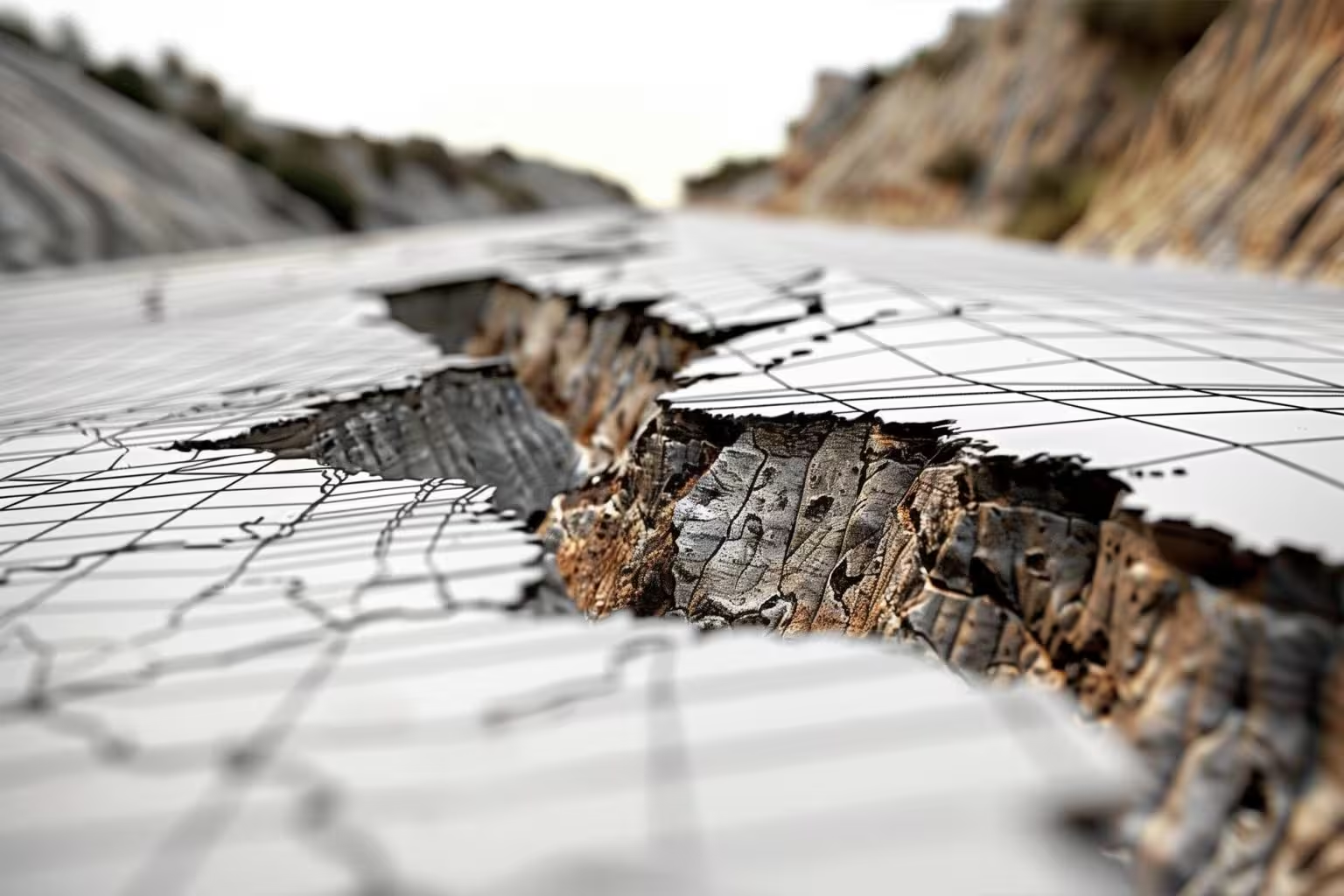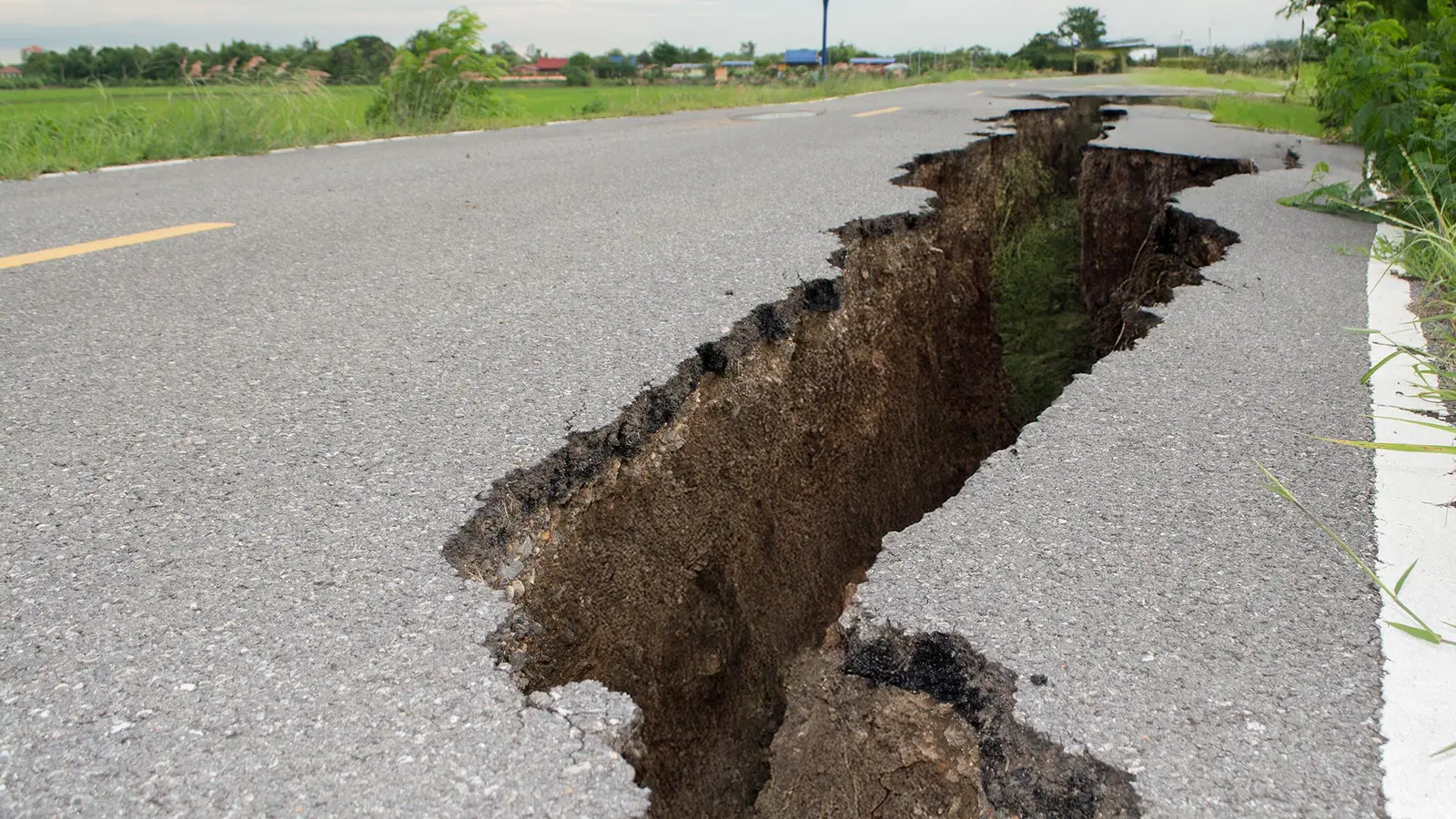7 Minutes
Unearthing a 70‑Year Seismic Puzzle
On December 21, 1954, a magnitude 6.5 earthquake shook communities around Humboldt Bay in Northern California, leaving residents stunned and seismologists puzzled. For decades the event resisted a clear classification: did it originate in faults within the Gorda Plate, within mapped faults of the North American Plate, or somewhere else in the complex tectonic system near the Mendocino Triple Junction?
A new peer‑reviewed investigation published in the Bulletin of the Seismological Society of America reexamines the 1954 "Fickle Hill" earthquake using a combination of historical archives, newly digitized instrumental records, modern location software, and eyewitness accounts. The authors conclude that the shock was a thrust event located about 11 kilometers beneath Fickle Hill, east of Arcata, and most likely occurred on the Cascadia subduction interface — the same megathrust capable of producing the great M9 earthquake in 1700. This reassessment reshapes our understanding of seismic behavior in one of North America’s most earthquake‑prone regions.
The Mendocino Triple Junction: America’s Most Seismic Corner
The coastline of northern California hosts the Mendocino Triple Junction, where the Pacific, Gorda, and North American plates meet. This convergence creates complex stress patterns and frequent earthquakes, making the region the most seismically active area in the continental United States. Historically, many large earthquakes here have been attributed to internal deformation within the Gorda Plate or to faults offshore associated with that plate.
Yet the 1954 event did not fit those expectations. Its hypocenter depth, focal mechanism, and felt intensities were inconsistent with typical Gorda‑plate intraplate ruptures and with mapped strike‑slip or dip‑slip faults on the overlying North American plate. Peggy Hellweg, a retired seismologist from the University of California, Berkeley Seismological Laboratory, and her colleagues assembled a probability cloud for the hypocenter and a focal mechanism that together point to a shallow thrust on the Cascadia subduction interface beneath Fickle Hill.
Methodology: Combining Old Records with New Tools
Archival and Instrumental Evidence
The study team spent three years locating, digitizing, and reanalyzing scattered records: published catalogs, unpublished station logs from Berkeley, and accelerometer recordings operated at the time by the United States Coast and Geodetic Survey (USCGS). Crucially, the researchers recovered metadata describing station locations, instrument responses, and recording protocols — details that allowed modern reprocessing and accurate amplitude and travel‑time corrections.
Eyewitness Reports and Intensity Mapping
The researchers supplemented instrumental analyses with intensity data, drawing from newspaper archives, USCGS damage reports, photos, maps of municipal water damage in Eureka, and interviews collected after a public call for memories. Consistent accounts of sloshing bathtubs, toppled chimneys, rolling ground, and powerline arcing enabled the team to refine intensity contours and corroborate the location and rupture style suggested by instrument data.
Combining these lines of evidence — archived accelerograms, travel‑time picks, intensity distributions, and modern inversion methods — produced a coherent picture: a thrusted patch on the Cascadia interface near Fickle Hill produced the 1954 mainshock.

Key Findings and Seismic Implications
Two major insights emerge. First, the Cascadia subduction interface can host moderate thrust earthquakes in the instrumental era, not only rare, full‑length megathrust ruptures like the M9 event in 1700. Second, the interface appears capable of rupturing in smaller, localized patches. If confirmed, this challenges the view that Cascadia is completely locked between great earthquakes and alters hazard models that assume only infrequent, full‑margin rupture.
As co‑author Lori Dengler (retired seismologist, Cal Poly Humboldt) noted, "Cascadia is really unusual in that in the instrumental era, it has been eerily quiet. We don’t have smaller earthquakes, and that’s not something you usually see in subduction zones." The Fickle Hill event suggests there are exceptions — localized sections of the megathrust that can slip independently.
Historically, the only other large, instrumentally recorded earthquake in the region potentially linked to the interface is the 1992 M7.2 Cape Mendocino event. Beyond those, the 1700 Cascadia megathrust quake remains the benchmark for worst‑case scenarios. As Hellweg summarized, "But we really don’t know of any earthquakes that we’ve measured with instruments that were on the interface. And people have postulated that it is locked and nothing’s going to happen until the next big one comes." The new analysis complicates that view.
Preserving Scientific Memory: Why Metadata Mattered
Recovering operational logs and station metadata proved essential. Knowing exactly how instruments functioned in the 1950s — their response curves, orientation, and site conditions — allowed reliable reanalysis. Hellweg and colleagues stress that current data archiving practices should preserve not only raw recordings but also the metadata and documentation that future researchers will need to reinterpret historical events.
Expert Insight
"This study is a strong example of how historical seismology and modern computational methods together improve seismic hazard assessments," says Dr. Elena Marquez, fictional senior seismologist at the Pacific Geoscience Institute. "Recovering old accelerograms and integrating community memory lets us detect rupture behaviors that would otherwise remain hidden. For regions like Cascadia, understanding that the megathrust can slip in patches rather than only in full‑margin events changes both probabilistic models and preparedness strategies."
Dr. Marquez adds, "Emergency planners should consider that moderate megathrust events can produce intense local shaking and could trigger landslides, infrastructure damage, and tsunamis under certain circumstances. This finding underscores the need for dense instrumentation and for preserving long‑term data archives."
Broader Context and Next Steps
Understanding whether Cascadia typically ruptures as a single contiguous megathrust or in multiple smaller segments has direct implications for regional seismic hazard estimates, tsunami modeling, and building codes throughout the Pacific Northwest and northern California. Future work will focus on targeted seafloor and onshore geodetic monitoring, detailed mapping of the plate interface near Mendocino, and searching for other historical events that might represent localized interface ruptures.
Technologies such as broadband seismometers, ocean bottom seismographs, and continuous GPS can improve detection of small slips on the interface, while paleoseismic studies (coastal subsidence records, tsunami deposits, and drowned forest stratigraphy) continue to define long‑term rupture patterns. Integrating these datasets will refine whether Cascadia’s "eerie quiet" is truly a locked state or a product of sparse instrumentation and episodic small‑patch ruptures.
Conclusion
The reanalysis of the 1954 Humboldt Bay, or Fickle Hill, earthquake provides compelling evidence that the Cascadia subduction interface can produce moderate thrust earthquakes independent of full‑length megathrust ruptures. By combining archived accelerograms, detailed metadata, modern location techniques, and consistent eyewitness reports, researchers have closed a decades‑long gap in seismic knowledge. This discovery reshapes how scientists assess Cascadia’s seismic behavior and reinforces the importance of preserving and reexamining historical seismic records to improve regional hazard models and preparedness planning.
Source: scitechdaily


Leave a Comment